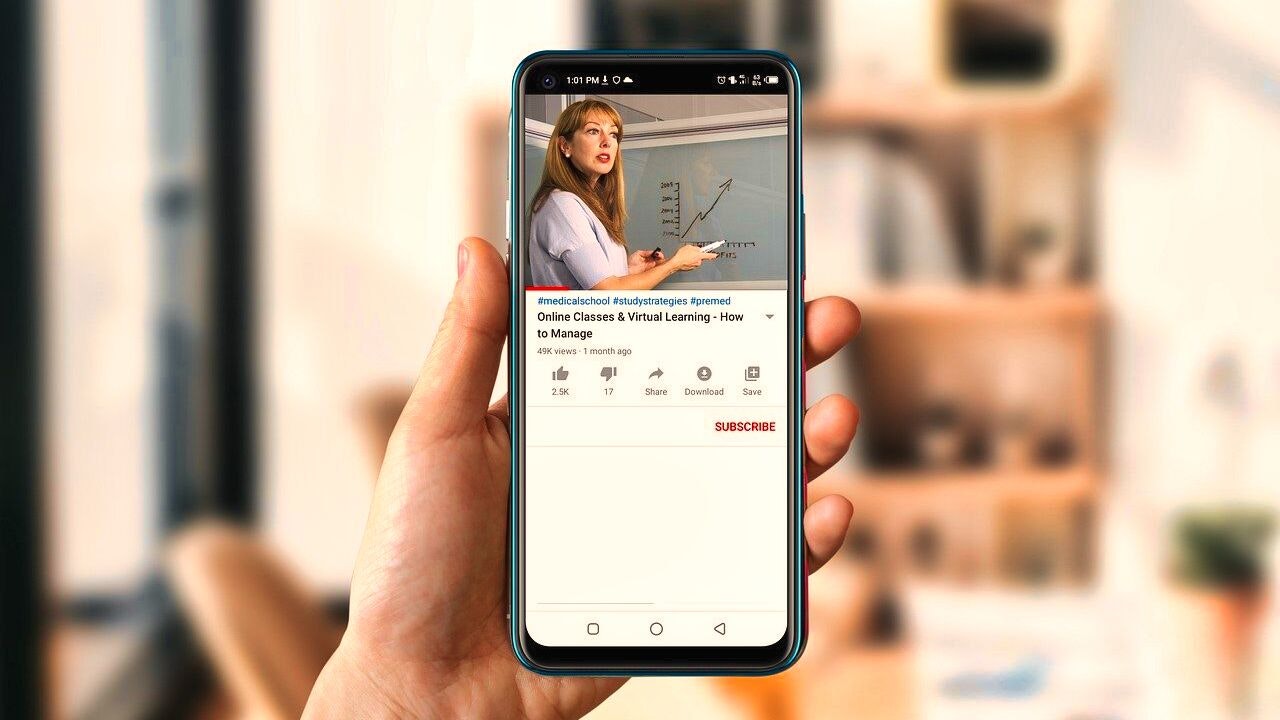
When you want to roll out your company's eLearning courses across all your markets, it's important to consider how well the content will translate abroad.
Different cultures have different preferences for learning. When you take these variations into account, you improve the chances that your content will function as intended in all your markets.
As the author of your company's eLearning content, it's your responsibility to makes sure that your courses can be easily translated into different languages and cultural contexts.
Here are 10 tips for creating eLearning courses that translate well abroad…
1. Choose the right eLearning tools
The right eLearning authoring tools can make all the difference when the time comes to translate your learning content.
There are various good eLearning authoring tools on the market. Some will make translation and localization easier than others. Those with a smooth and streamlined import-export functionality will allow your translators to incorporate the supporting tools they most prefer to use.
You should also consider that modern learners will consume your learning content on a variety of devices with varying screen sizes. The right authoring tool will make this easy.

2. Consider the cultural context of your content
Good examples are a cornerstone of engaging learning content. Learners appreciate it when courses demonstrate how they can apply their learning in practice.
When choosing examples to illustrate your points, consider the cultural context of those examples. Make sure that your they will be understood between different cultures.
An example that makes sense in one country might not translate well for another. For example, a lesson that includes a video of driving in the USA might show cars moving through a four-way intersection with stop signs. In many other countries, such an example would seem out of place as such intersections do not exist in their roads.
3. Optimize the source content
Your source content — the original version of your course in your native language — serves two distinct purposes. You need to understand these purposes so you can optimize it for both.
The first purpose of your source content is to work well in your home market. For example, this could mean your eLearning course created in English that learners in your home market will consume as-is.
The second purpose of your source content is to provide a base to translate for your international learners. Here, clever turns of phrase, idioms, and other stylistic choices will require extra time and resources to localize. Create the content with localization in mind from the start.
Be sure to optimize your source content for both audiences.
4. Simplify your multimedia
Multimedia — such as video, audio, and images — can provide richness to an eLearning course and make the course more engaging.
The problem with multimedia is that it can be expensive and time-consuming to localize if you aren't careful.
There are many subtle changes you can make to your source multimedia that will reduce the cost and complexity of your eLearning multimedia. For example, you can find some tips on video localization in our eBook.
5. Use consistent, style, language, and conventions
Consistency helps to reduce the cost and effort of localization. This makes it easier, quicker, and cheaper for you to localize eLearning content for your international markets.
There are benefits for learners too as consistency of word choice and style reduces the potential for misunderstanding for translators and, in turn, learners.
There are various ways to ensure consistency when you translate, including sharing brand guidelines with translators, promoting centralization of translations, and starting with a global content strategy.
Be sure to use consistent style, language, and conventions throughout your eLearning content. This will help you keep costs to a minimum whilst maximizing readability and comprehension.
6. Choose the right typefaces and layout
Not all typefaces are universally understood and many do not support all languages. For example, only some fonts support Chinese writing and, of those, only some support both Traditional and Simplified Chinese.
Similarly, when designing the layout ensure you consider localization. Allow for text contraction and expansion and think about how the design would work if there was more or less text.
We often make design choices like fonts and layout during the early design of eLearning courses. It's easy to overlook these simple choices, but they could have a significant effect on localization and the effectiveness of your course abroad.
7. Keep it simple
The mantra "keep it simple" applies to many practices.
It is also useful when creating eLearning content and localizing it for other cultures. Whenever possible, use clear language and avoid complex animations and visuals.
Simple eLearning courses might not seem as flashy as some options you can see these days. But the more complex your course, the more difficult and expensive it will be to translate.

8. Maximize content reuse
Much of the content in eLearning courses is repeated. This includes navigation elements, buttons, and repeated instructions.
Rather than recreating each of these elements from scratch for each section of the course — or each new course — create them once and reuse them.
Maximize your content reuse whenever possible. This will not only save you time and reduce localization costs, it will also help to ensure that all your courses are consistent with each other.
9. Test and review your eLearning content
There is only one way to reliably tell if your eLearning content works as you intend it. Test it.
Be sure to thoroughly test your content to ensure that it is error-free and easy to understand for learners in your target market.
Your in-country reviewers are key to this step. They can tell you whether your learning content is culturally appropriate or if there are parts of the content that need to be changed.
10. Choose a provider that understands global learning
Most translation providers are not experts in learning. They will pass your eLearning content through exactly the same translation processes as a simple document. This can lead to tremendous wastes in time, budget, and effort.
Be sure to find a translation provider that has the extra expertise in localizing learning content for a global audience.
By following these 10 tips, you can create eLearning courses that are easy to translate and that your international learners will love.